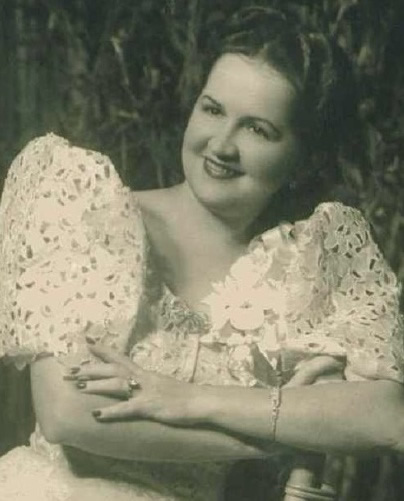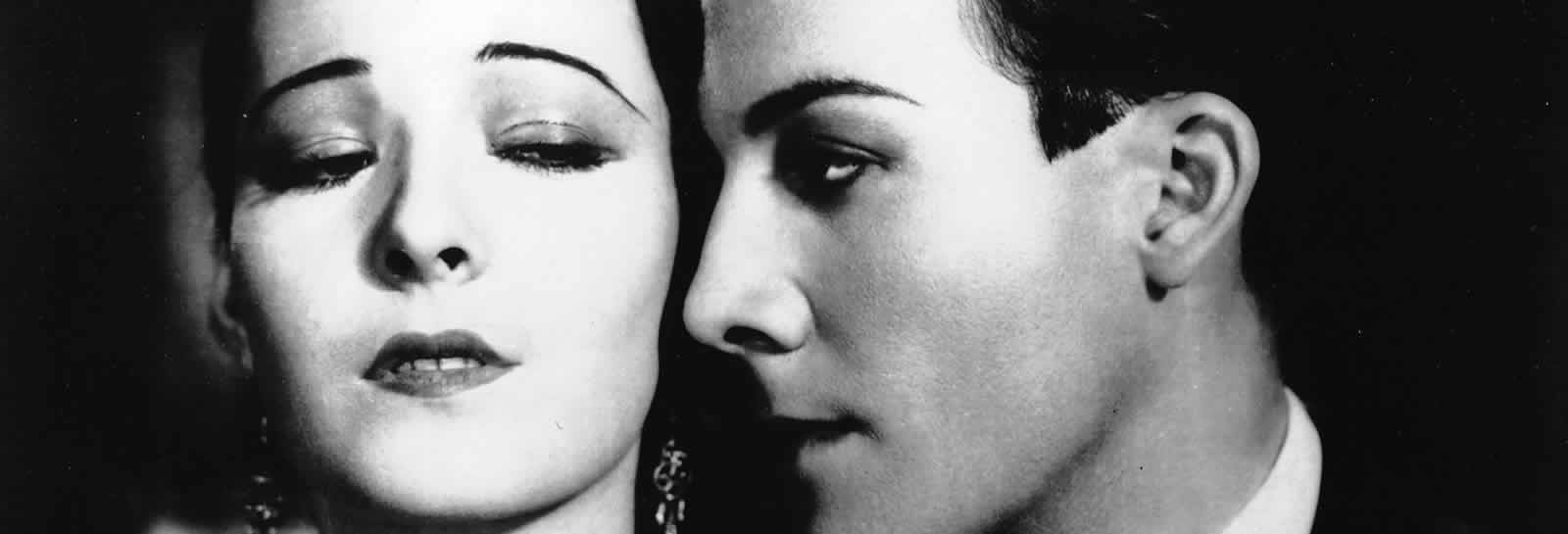COLORED DIAMONDS, PIECES FROM LUPITA TOVAR ESTATE HIGHLIGHT SEPTEMBER AUCTION
Colored diamonds are often the most-desired gems, with intense pink and blue gems dramatically more valuable than transparent diamonds.
EVENT
JEWELRY SIGNATURE® AUCTION 5312
Sept. 25, 2017
Live: Beverly Hills
Online: HA.com/5312a
INQUIRIES
•Jill Burgum
214.409.1697
JillB@HA.com
•Jessica Dubroc
214.409.1978
JessicaD@HA.com
Among the most famous is the Hope Diamond, a blue diamond weighing over 45 carats with ownership records dating back almost four centuries. Today, it resides at the Smithsonian Institution. It’s estimated to be worth a quarter of a billion dollars.
Heritage Auctions is offering blue, yellow and pink diamonds at its jewelry auction scheduled for Sept. 25, 2017, in Beverly Hills.
“Colored diamonds are stunning alternatives to white diamonds,” says Jill Burgum, senior director of fine jewelry at Heritage Auctions. “It’s been estimated that colored diamonds make up 1 of every 10,000 diamonds in the world, and we continue seeing a decline in their production, making them incredibly rare.”
The auction also includes pieces from the personal collection of pioneering Mexican actress Lupita Tovar, who starred in the 1931 Spanish-language version of Dracula. She also appeared in 1932’s Santa, considered the first “talkie” in Mexican film.
Enlarge

“Tovar was among the glamorous stars who worked in film’s early Golden Age,” Burgum says. “Her taste in jewelry was exquisite and reflected the elegant fashion of the day.”
Tovar (1910-2016) appeared in more than 30 films, including The Invader with Buster Keaton and South of the Border with Gene Autry. The Spanish version of Dracula was filmed in Los Angeles using the same sets as the Bela Lugosi version, but with a different cast and director.
Pieces from the collection of light opera singer and cabaret entertainer Fina Rox (1910-1989) also are being offered. Rox, a British subject of Russian birth, made headlines in 1945 when she recounted her story of being stranded in Manilla during the Japanese occupation of World War II.
Enlarge

Estimate: $100,000-$150,000








